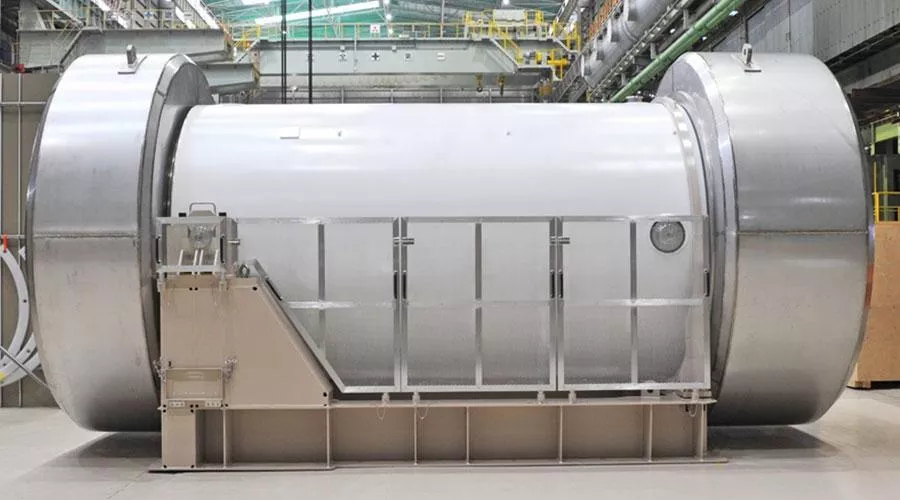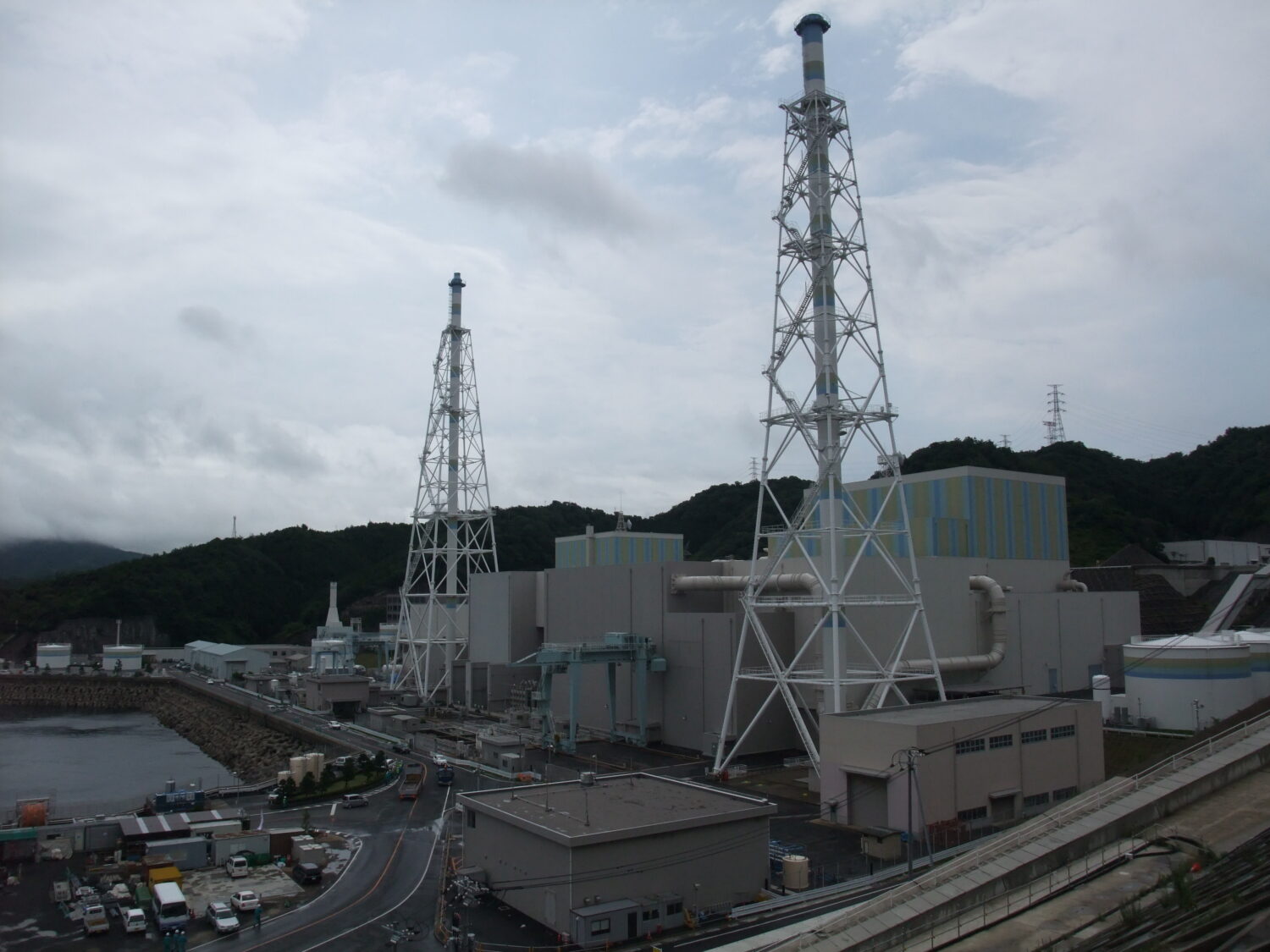In FY24, Tohoku Electric Power’s Onagawa Unit 2 resumed power generation on November 15 and entered commercial operation on December 26, becoming the first boiling water reactor (BWR) in Japan to restart under the revised regulations. Shortly afterward, Chugoku Electric Power’s Shimane Unit 2 restarted on December 23, and began commercial operation on January 10, 2025.
Including these two BWRs, a total of 14 reactors were in operation during the fiscal year, as follows:
- Onagawa-2 (Tohoku Electric Power)
- Shimane-2 (Chugoku Electric Power)
- Mihama-3, Takahama-1, -2, -3, -4, and Ohi-3, -4 (Kansai Electric Power, or Kansai-EP)
- Ikata-3 (Shikoku Electric Power)
- Genkai-3, -4 and Sendai-1, -2 (Kyushu Electric Power)
Together, the 14 reactors had a combined generating capacity of 13.25 GW. While the total number of NPPs in Japan remained unchanged at 33 units, with a cumulative capacity of 33.08 GW, the 14 restarted units alone achieved a capacity factor of 80.5%, even when accounting for the mid-year restarts of Onagawa-2 and Shimane-2.
Long-Term Operations and Regulatory Changes
Japan is also seeing an increasing number of nuclear units entering long-term operation:
- Mihama-3 and Takahama-1 and -2 (Kansai-EP) have already surpassed 40 years of operation.
- Sendai-1 (Kyushu Electric Power), the first reactor to restart under the new regulatory standards, marked its 40th anniversary on July 4, 2024.
- Takahama-3 reached the 40-year milestone on January 17, 2025.
- On November 14, 2024, Takahama-1 became the first reactor in Japan to exceed 50 years of operation.
- Takahama-2 is expected to pass the 50-year mark during FY25 (starting April 1, 2025).
In response to the aging of Japan’s nuclear fleet, new regulatory provisions will be enforced from June 6, 2025, based on the GX Decarbonization Power Supply Bill (enacted in May 2023): GX stands for “green transformation.”
Under the bill, reactors in operation for more than 30 years must submit and gain approval for a long-term facility management plan every decade. Of the 14 restarted units, 12 will be subject to this requirement, and the Nuclear Regulation Authority (NRA) is now reviewing the submitted plans.


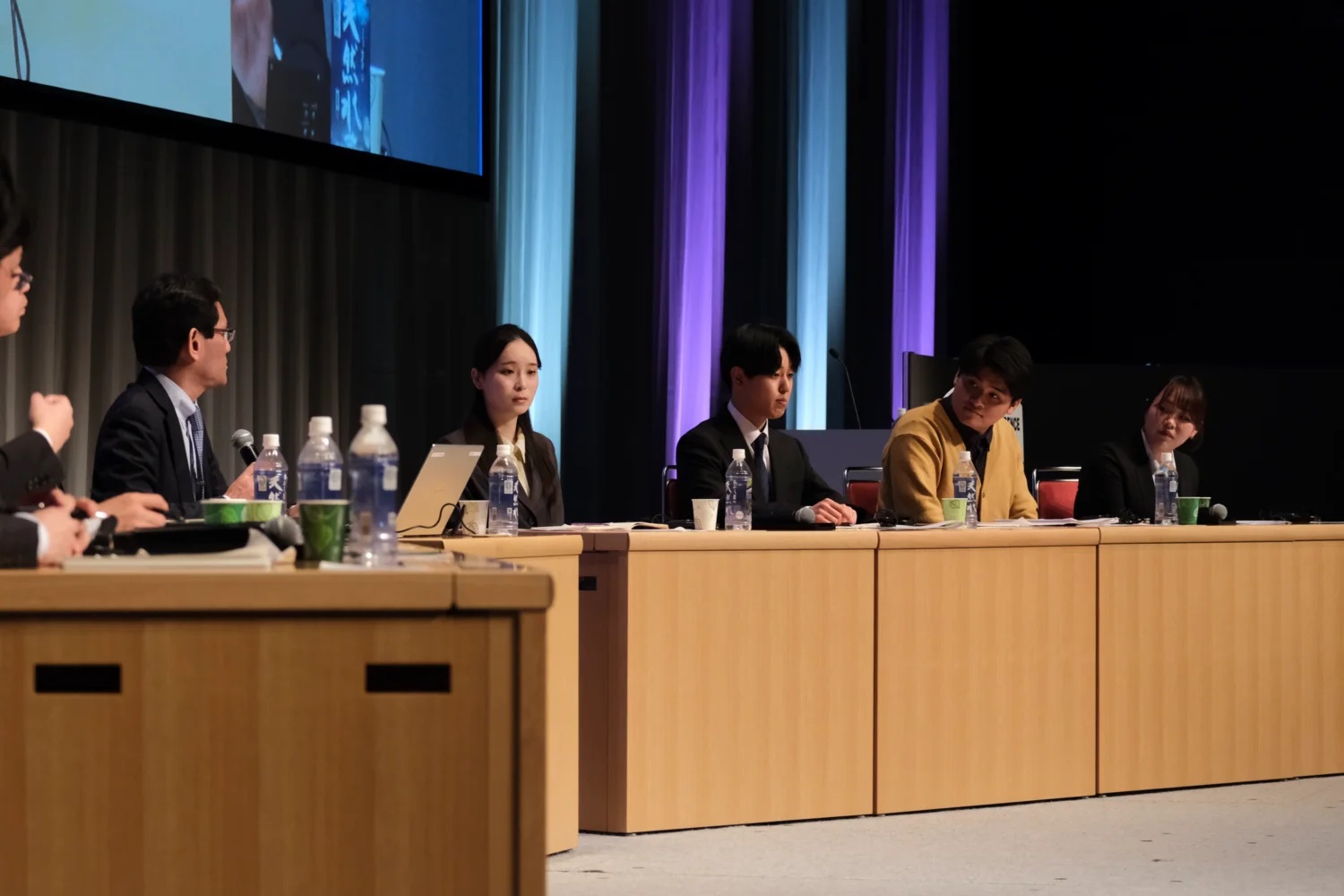
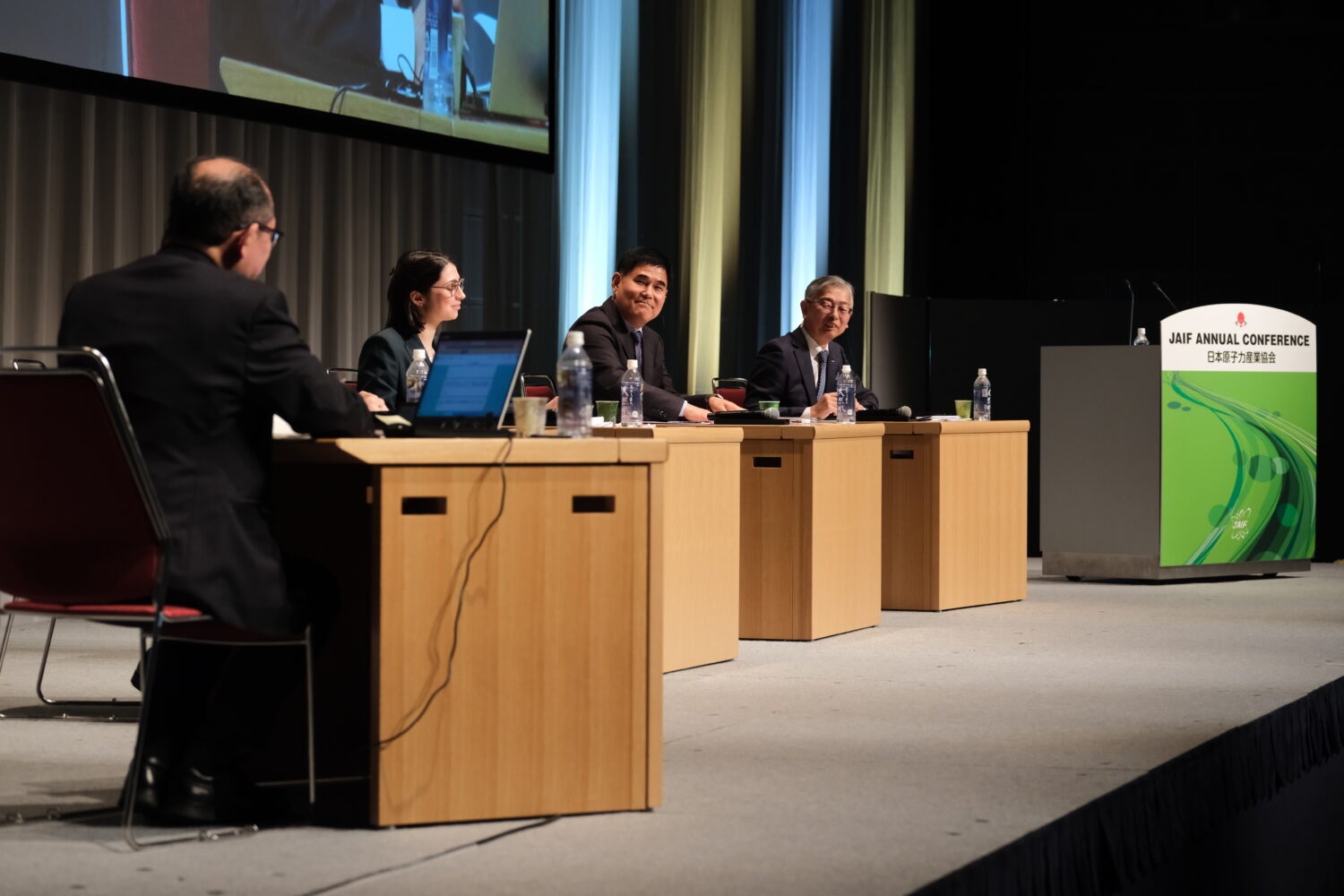
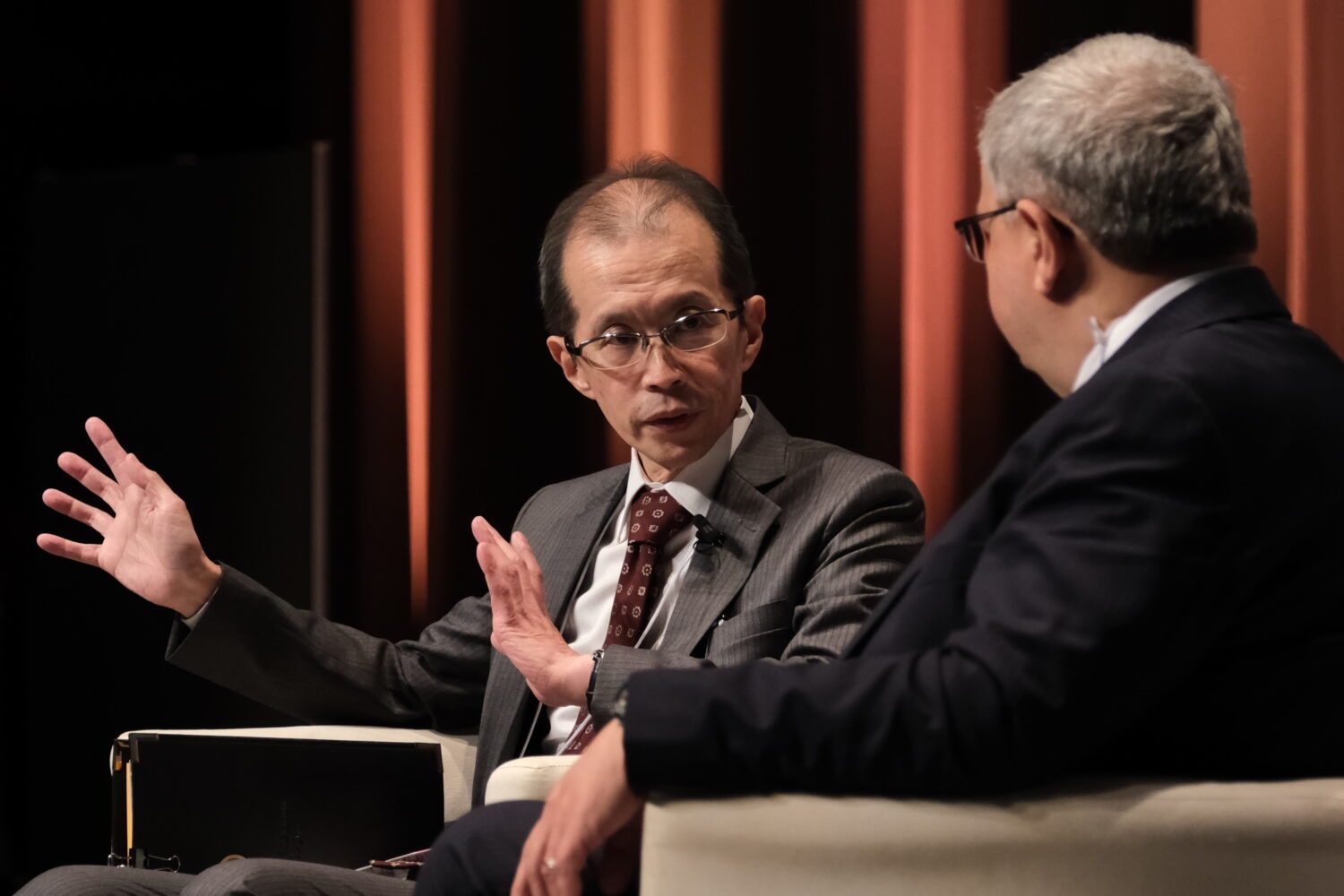
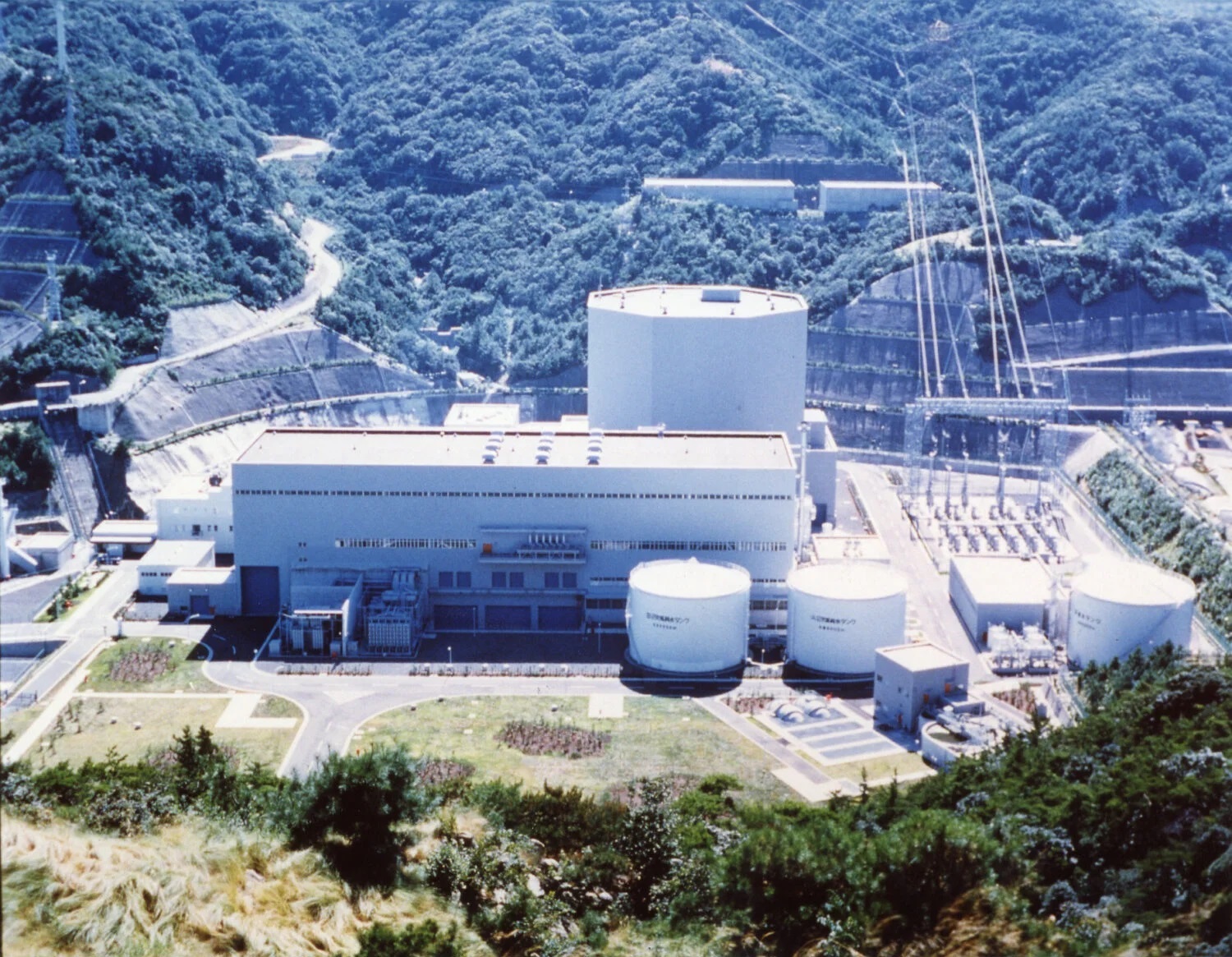
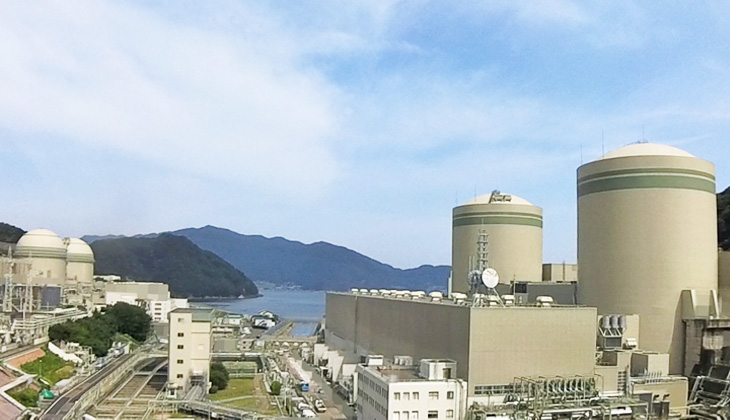

-1.png)

